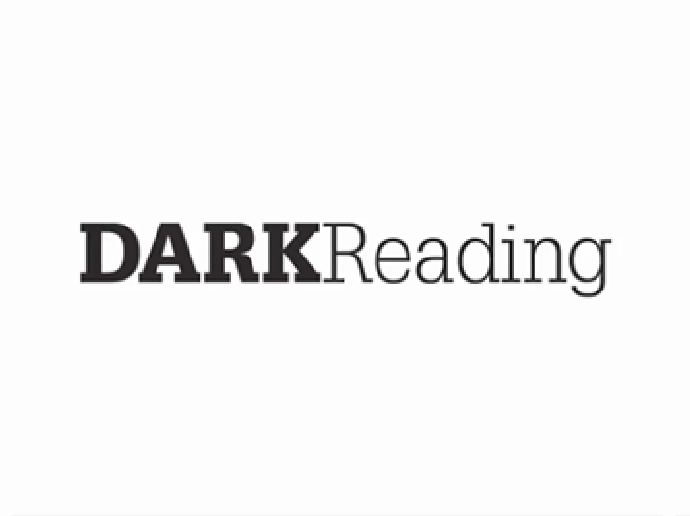
Source: Martin Harvey via Alamy Stock Photo
COMMENTARY
Shadow IT is what your business runs on while waiting for IT to provide an enterprise solution. It's your sales team buying licenses to an obscure software-as-a-service (SaaS) because it helps them get the job done. Or it's your finance team using an unapproved tool because the approved one is too clunky. Sometimes shadow IT exists specifically to bypass an overly annoying security mechanism — figuring out a way to forward business emails to your personal Gmail account because it's easier to view on mobile, for example.
You might hope shadow IT is a problem only for large enterprises, too big to centrally manage. My experience running a small startup suggests otherwise. We agonized over our choice of a productivity tools suite — considering pros and cons and balancing user experience with governability. And people are happy to use our tool of choice; they just also use other tools in parallel. We run on Google Workspace, but many of our employees use Office because they're used to it. We use Google Drive for file sharing, but we quickly learned some people prefer iCloud.
People's personal preferences play a significant role here. They want to get their jobs done, not worry about learning a new tool. Platforms make this tendency even worse. Many try to get you to use and rely on them for a long time before asking for added licensing. Consider local file saves on Windows or Mac. By default, every local file save actually gets saved in a directory backed up into Microsoft's or Apple's cloud.
A large enterprise might have more mature security controls to prevent use of unauthorized software, but it also has much more variety in the software people would like to use. The sheer size of an enterprise and the independence of different business units exacerbate the software spread even further. The standard industry security practice for controlling software usage combines bringing in security on every license purchase and restricting software and SaaS usage on the endpoint. While those tactics are useful, they are limited in scope. Paying out of pocket, which some users will do to get the software they want, bypasses enterprise procurement.
Approved Apps Lead to Building Unapproved Apps
Expanding the use of existing platforms into new and unapproved feature sets is even more pervasive. Did you purchase Office 365 for productivity or Salesforce for your sales reps? Congrats. You've now empowered your business users to build their own apps with the no-code/low-code platform bundled in. Unapproved uses of enterprise platforms also bypass SaaS usage controls. Enterprises can't block access to Microsoft or Salesforce, but through them users can send corporate data to unapproved systems.
With each new discovery of an unapproved system, the security team can either try to block it or bring it under their umbrella. Either way, it's an endless game of whack-a-mole. Some tools can help with this discovery, but they often lack context about how these systems are used and which are actually important to business functions.
What if we could ask every business user what systems they use in their day-to-day, regardless of corporate policies? And ask which of those are truly vital for the business? That could give us the ultimate list: a full mapping of shadow IT, coupled with its business importance. Unfortunately, that doesn't work — simply asking people likely won't result in a full list, and what end users find vital may be different from what management does.
User-Built Tools Expose Shadow IT Network
Enter citizen development, in which business users leverage low-code/no-code tools to streamline their processes, analyze their data, and build custom business applications for their use cases. To be relevant, these apps must connect to the data and processes that the business uses in practice. A citizen developer is not going to call IT to integrate their app with the approved corporate service; instead, they'll connect directly to what we call shadow IT.
Here's an example. Consider a sales team using an unapproved tool for lead tracking. To sync it with the approved CRM, they use no-code automation. By finding automations that connect to the CRM and following the data flow, we can easily find the unapproved tool and what type of data it holds.
Embracing citizen development can leave security teams at a much better spot — having visibility into what software the business actually runs on — if used right.
That "if" is very important. Citizen development introduces its fair share of security risks, which must be mitigated to avoid adverse effects. But by embracing citizen development, we're letting business users codify what used to be a copy-paste data integration. Following these processes will lead us directly to the most important elements of shadow IT.
 3 months ago
25
3 months ago
25
